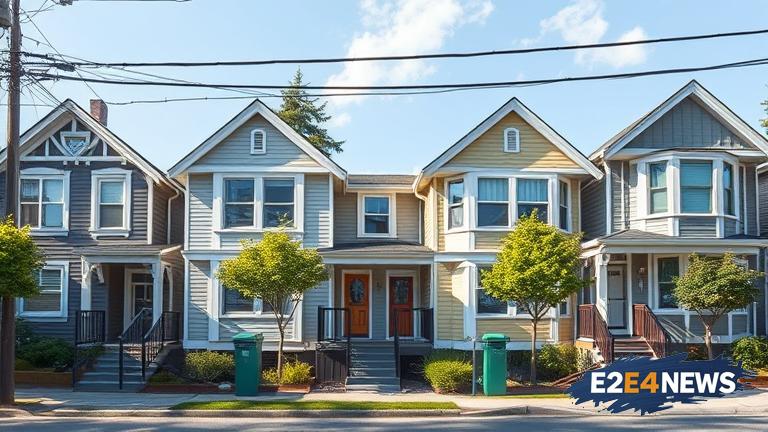The concept of laneway homes has been gaining traction in Metro Vancouver as a potential solution to the region’s housing affordability crisis. Laneway homes, also known as coach houses or granny flats, are secondary dwellings built on existing residential properties, often in the backyard or along the laneway. These homes can provide an affordable and sustainable housing option for residents, while also increasing density and reducing urban sprawl. However, despite their potential, laneway homes are not yet widely adopted in Metro Vancouver. One of the main barriers to their adoption is the lack of clear regulations and policies governing their development. Municipalities in the region have different rules and guidelines for laneway homes, which can create confusion and uncertainty for homeowners and developers. To unlock the potential of laneway homes, municipalities need to develop clear and consistent policies that balance the needs of homeowners, neighbors, and the broader community. This can include streamlining the permitting process, providing incentives for laneway home development, and ensuring that these homes are designed and built to high standards. Additionally, municipalities can provide education and outreach programs to inform homeowners and residents about the benefits and opportunities of laneway homes. By doing so, they can help to address concerns and misconceptions about laneway homes and build support for their development. Furthermore, laneway homes can also play a critical role in addressing the region’s sustainability goals, such as reducing greenhouse gas emissions and promoting more compact and walkable communities. By encouraging the development of laneway homes, municipalities can help to reduce the demand for single-family homes and promote more efficient use of land. Moreover, laneway homes can also provide an opportunity for innovative and affordable housing designs, such as modular or prefabricated homes. To achieve this, municipalities can partner with developers, architects, and other stakeholders to promote best practices and innovative designs for laneway homes. Overall, unlocking the potential of laneway homes in Metro Vancouver will require a coordinated effort from municipalities, homeowners, and other stakeholders. By working together, they can create a more sustainable, affordable, and livable region for all residents. The benefits of laneway homes are numerous, and with the right policies and regulations, they can become a key component of the region’s housing strategy. In conclusion, laneway homes offer a promising solution to Metro Vancouver’s housing affordability and sustainability challenges, and municipalities have a critical role to play in unlocking their potential. With clear policies, innovative designs, and community engagement, laneway homes can become a reality for many residents in the region. The future of laneway homes in Metro Vancouver looks bright, and with continued collaboration and effort, they can help to create a more sustainable and affordable housing market for all.
